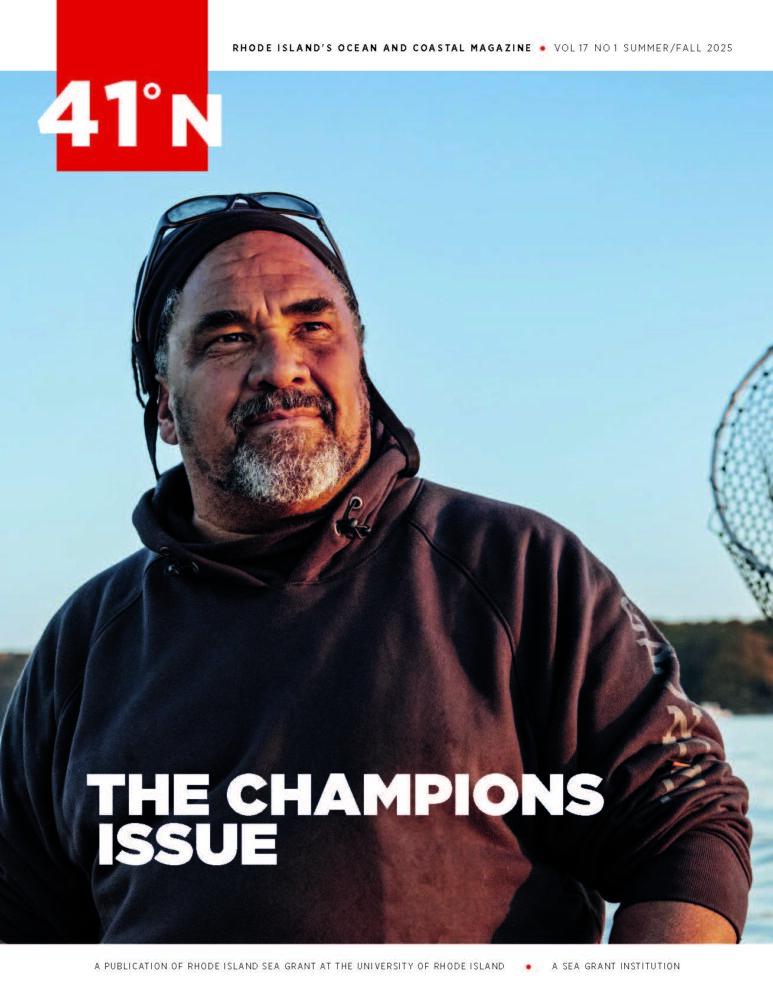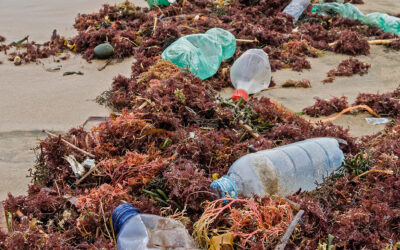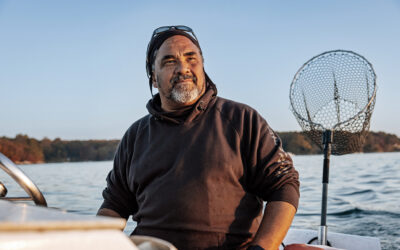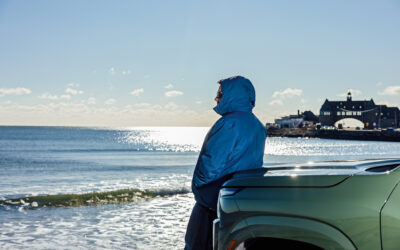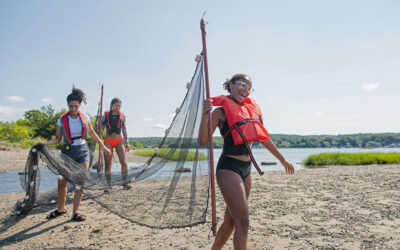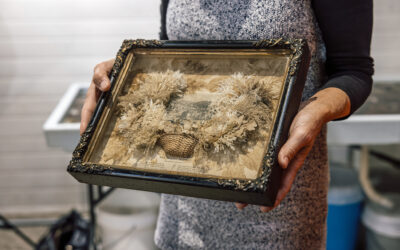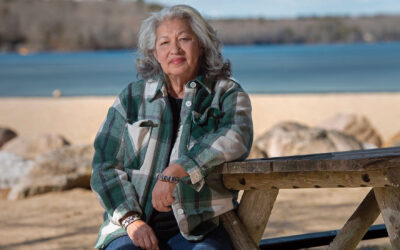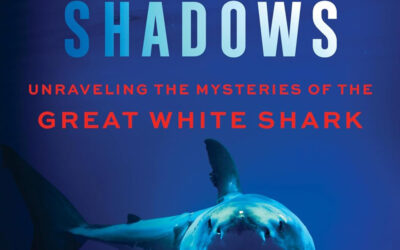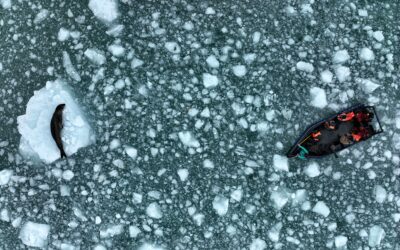CURRENT ISSUE
Rhode Island’s Ocean and Coastal Magazine
Summer/Fall 2025
In this issue, we share the stories from a cast of characters that are improving our coastal communities.
Download PDF
Letter From the Editor
THEY ARE THE CHAMPIONS
I met Greg Skomal (see book review, p. 44) once many years ago when Rhode Island Sea Grant invited him to give a talk on sharks at the Audubon Environmental Education Center in Bristol. The projector that we brought wouldn’t connect to his laptop. Someone drove to nearby Roger Williams University to bring him another one, and while we waited the 20 minutes or so for it to arrive, Skomal sat on the projector table and told funny stories to pass the time.
I remember his improvisation more than the talk itself since that public speaking snafu would have been my worst nightmare. So when I read his memoir and found that he was naturally quite shy, and had to work hard to overcome that tendency to make friends with recreational fishermen and Martha’s Vineyard locals so he could do his job, I was surprised.
And yet everyone in this issue has done something similar. Whether they are advocates, researchers, artists, teachers, or some combination of those vocations, their persistence has defined them as champions for sharing knowledge, empowering others, improving the environment, and improving society. Or, to paraphrase Chuck Norris, “Whatever luck they had, they made.”

– Features –
Capping Plastic Pollution
The quest to pass a bottle bill in Rhode Island.
Community Harvest
A Rhode Island fisherman nurtures a fishery, an ecosystem, and the people who depend on the.
The Relentless Force Behind Rhode Island’s Shoreline Access Movement
How Conrad Ferla became one of Rhode Island’s most vocal advocates for shoreline access.
A Natural Connection
Movement Education Outdoors works to narrow the “nature gap” for youth.
Marine Algae As Art
Local artist Mary Jameson reveals the beauty of seaweed through hands-on workshops that spark historical, scientific, and creative connections to coastal ecosystems.
Start to Finish
Chef Sherry Pocknett illuminates the art
of Indigenous hunting, gathering, and cooking.
Chasing Shadows
My Life Tracking the Great White Shark
URI Research & Scholarship Photo Contest
Faculty, students, and staff share their best images from the field and research.
Get Your Free Copy
Sign up today to receive your free copy of Rhode Island's ocean and coastal magazine.
Donate
Support the stories you love by donating to 41N magazine now!

